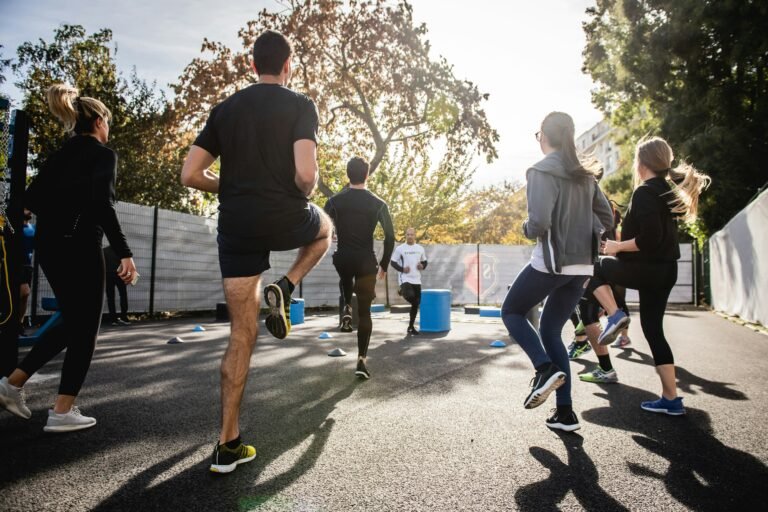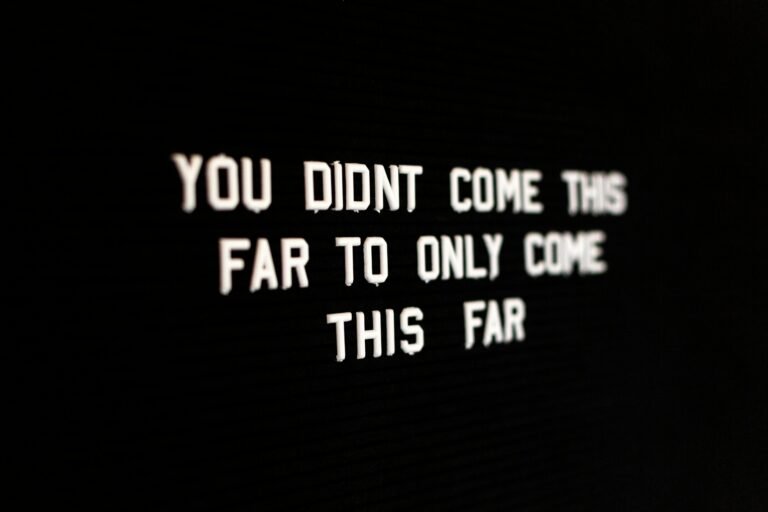Creating a workout routine can seem overwhelming at first, but it doesn’t have to be. A well-structured workout plan can help you reach your fitness goals more efficiently and stay motivated. This blog post will guide you through the steps to build a balanced workout routine tailored to your needs.
You’ll learn how to choose activities that work for you, ensuring you include a mix of strength, cardio, and flexibility exercises. This balanced approach not only keeps your workouts interesting but also contributes to overall fitness.
Sticking to your plan is just as important as creating it. With simple tips and techniques, you’ll find it easier to stay on track and see results over time.
Key Takeaways
- A balanced workout routine includes strength, cardio, and flexibility.
- Tailor your plan to fit your personal goals and interests.
- Consistency is key to achieving and maintaining fitness progress.

Developing a Balanced Workout Routine
Creating a balanced workout routine is essential for overall fitness. You need to incorporate different types of exercises, set achievable goals, and allow time for rest and recovery.
Understanding Different Types of Exercises
A balanced workout includes various exercise types:
- Cardiovascular (Cardio): Activities like running, cycling, or swimming improve heart health and endurance.
- Strength Training: Lifting weights or using resistance bands builds muscle and boosts metabolism.
- Flexibility and Mobility: Stretching exercises like yoga or Pilates increase mobility and prevent injuries.
Aim to blend these types of exercises throughout the week. For example, you might do cardio on Mondays, strength on Wednesdays, and flexibility on Fridays. This mix keeps your routine engaging and effective.
Setting Realistic Fitness Goals
Setting clear and realistic fitness goals helps keep you motivated. Begin by defining what you want to achieve, whether it’s losing weight, gaining strength, or improving endurance.
- SMART Goals: Make your goals Specific, Measurable, Achievable, Relevant, and Time-bound. For example, instead of saying “I want to get fit,” aim for “I will run 3 miles in 30 minutes within two months.”
- Short-term and Long-term Goals: Break larger goals into smaller, actionable steps. Focus on progress rather than perfection.
Keeping a journal can help track your achievements and setbacks, making it easier to adjust your goals.
Incorporating Rest and Recovery
Rest and recovery are just as vital as exercise. They allow your body to heal and grow stronger.
- Listen to Your Body: If you feel tired or sore, take a break or opt for a lighter workout.
- Active Recovery: Engage in light activities, like walking or gentle stretching, on rest days.
Aim for at least one to two full rest days each week. Proper sleep and nutrition also play a crucial role in recovery. Prioritize these to enhance your overall performance.
Executing Your Workout Plan
To get the most from your workout plan, focus on warming up and cooling down, keeping your form correct, and tracking your progress. Each of these steps plays a vital role in your fitness journey.
Warm-Up and Cool-Down Techniques
Starting your workout with a warm-up is important. It prepares your body for exercise and helps reduce the risk of injury. Spend 5-10 minutes doing light activities like jogging or jumping jacks. Dynamic stretches, such as arm circles and leg swings, are also helpful.
After your workout, take time for a cool-down. This helps your heart rate return to normal. Stretching major muscle groups, like hamstrings and shoulders, can improve flexibility and reduce soreness. Hold each stretch for about 20-30 seconds to get the best results.

Maintaining Proper Form and Technique
Using the right form during your exercises is crucial for effectiveness and safety. Always pay attention to your body positioning. For example, when doing squats, keep your back straight and knees behind your toes. This prevents injuries and ensures you work the right muscles.
You can use mirrors or ask a friend to check your form. Many gyms also offer personal trainers who can provide guidance. Remember, it’s better to use lighter weights and perform exercises correctly than to lift heavy and risk injury.
Tracking Progress and Adjusting the Routine
Keep a record of your workouts to see your progress. Write down exercises, weights, and repetitions in a notebook or app. This helps you notice improvements over time and stay motivated.
If you hit a plateau, consider changing your routine. You might try new exercises, adjust your weights, or increase your workout duration. Regularly reviewing your routine ensures you keep challenging your body and making gains in your fitness journey.








